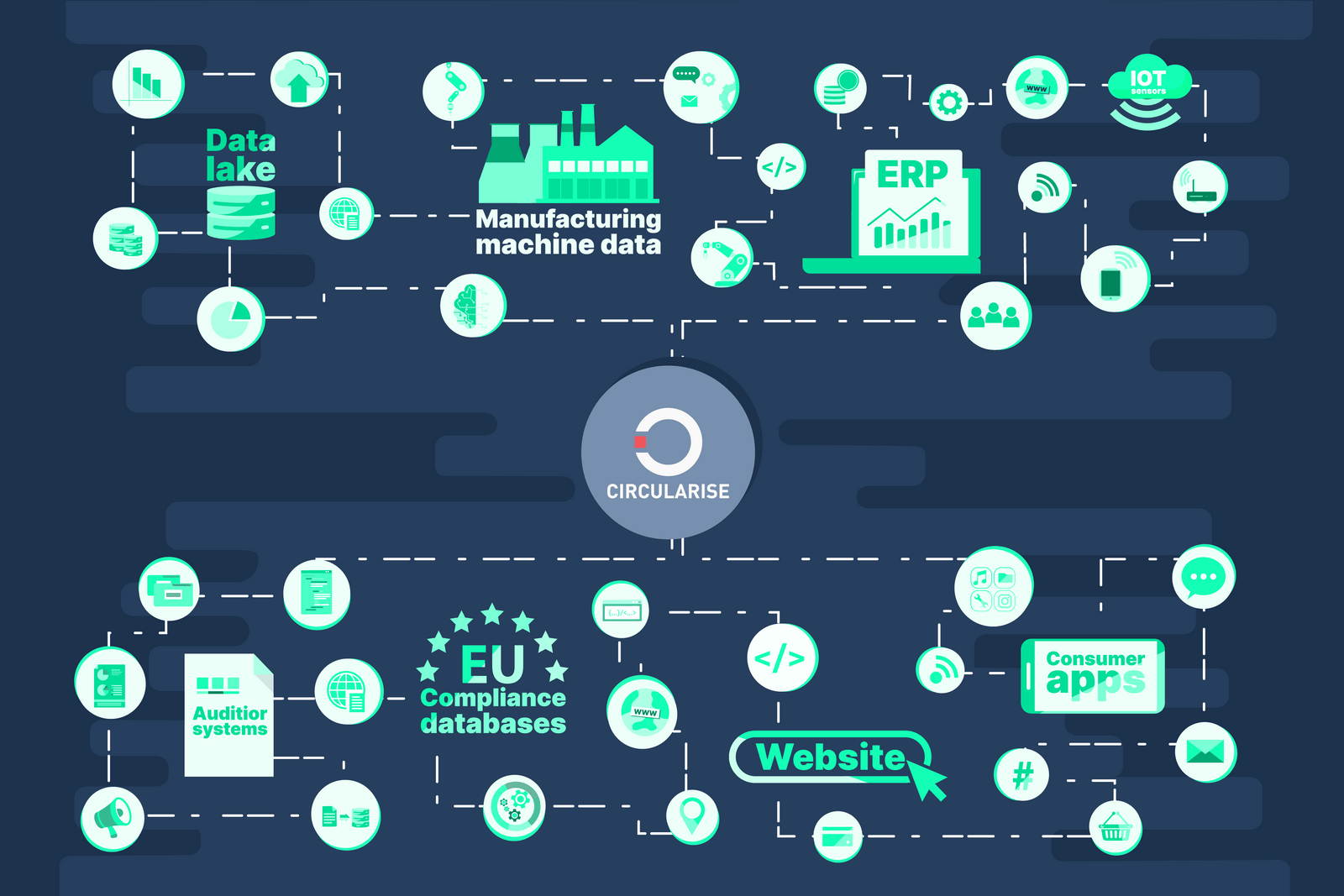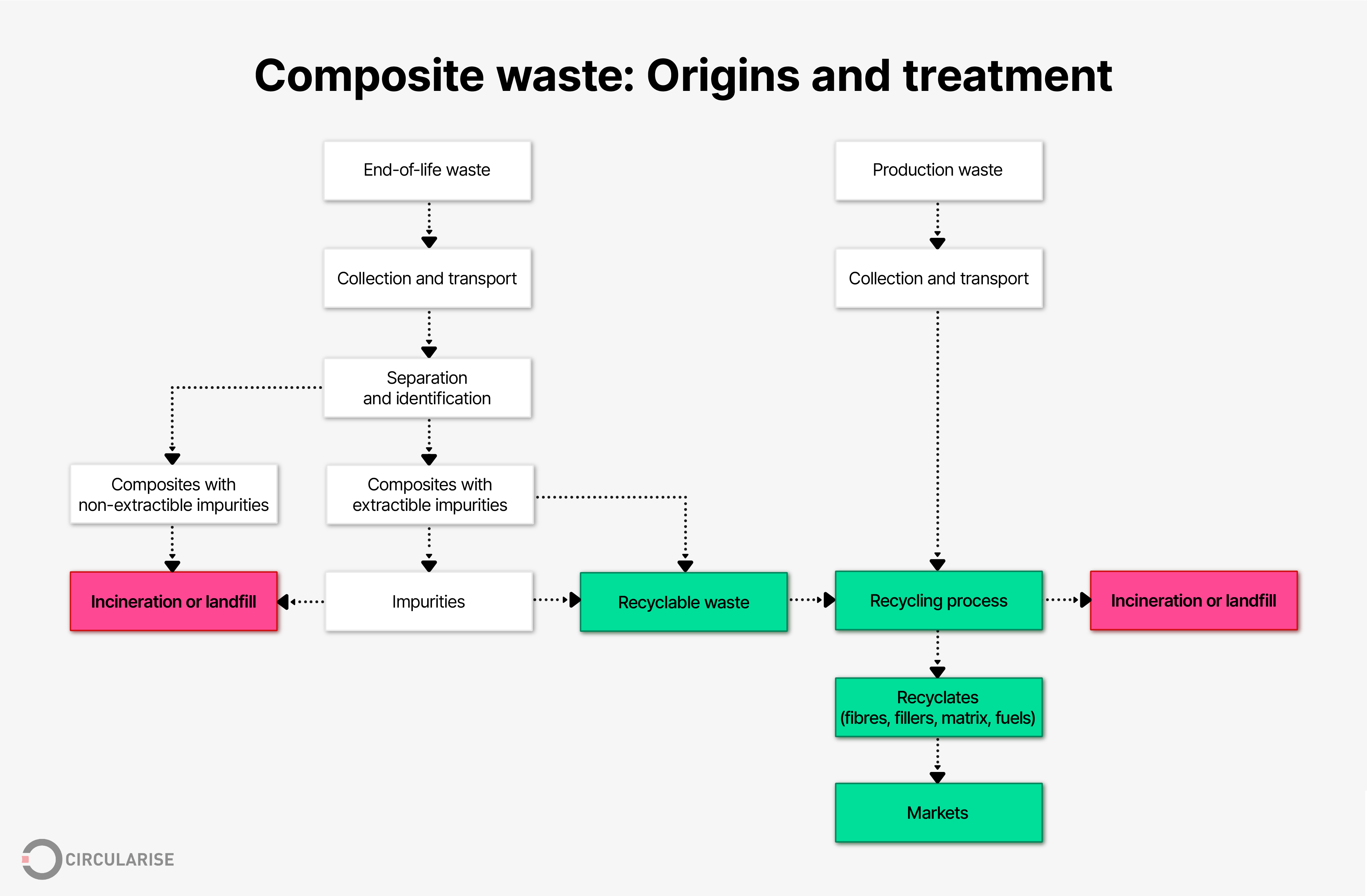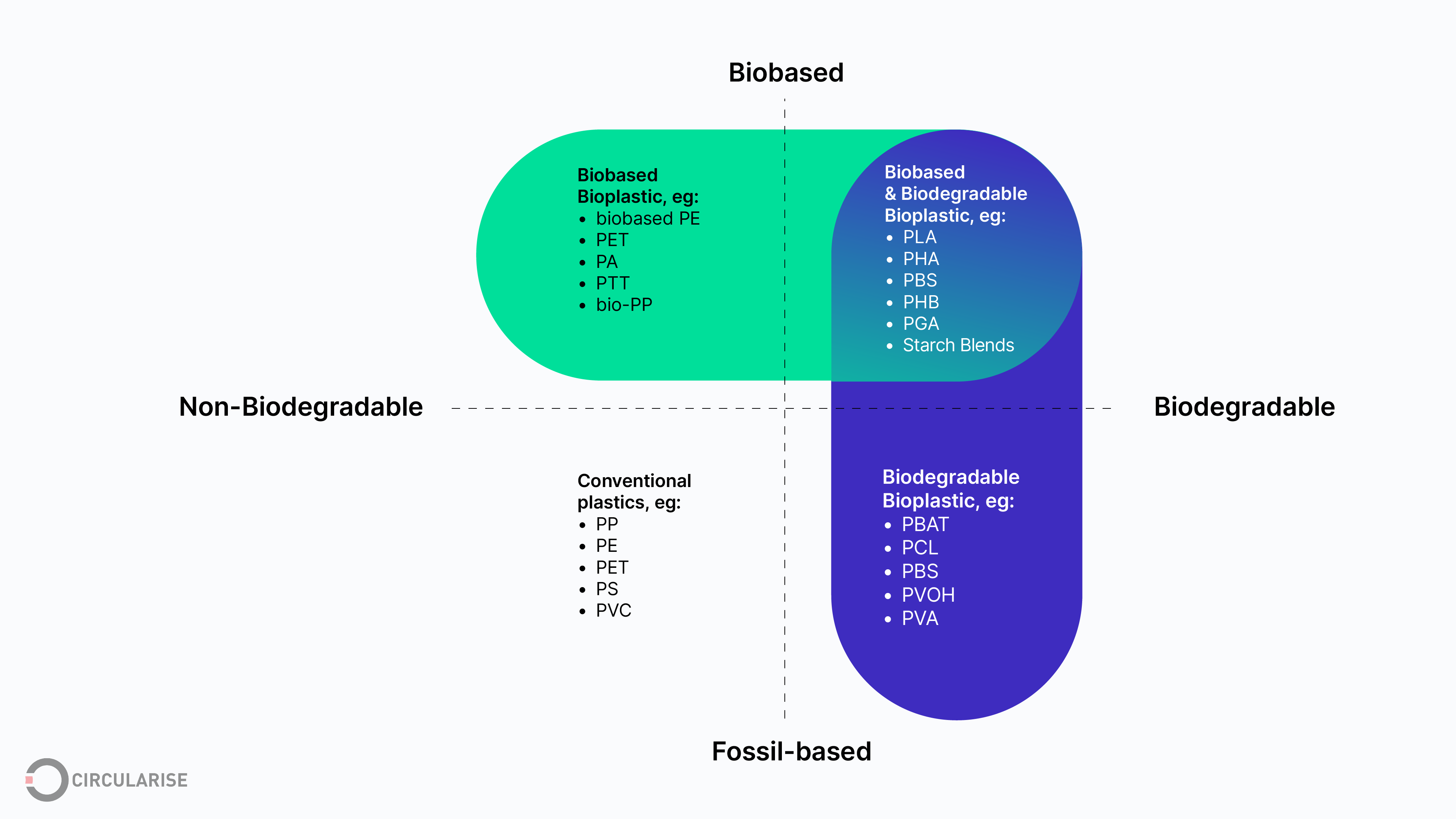Digital product passports can unlock the latent value of your sustainable business practices. They can increase your margins in the form of a substantiated sustainable product line, generate cost savings from streamlined purchasing and quality procedures, and improve communication across your supply chain.
When properly implemented, digital product passports can bring many benefits to companies. We will now go through the four main areas in which digital product passports deliver value in greater detail.
1 Enhancing Product Value and Customer Engagement
1.1 Substantiate sustainable claims with proof, thereby increasing the perceived value of the product
Where a product comes from, how it is made, and what it is made from matters1. If verifiable proof can be provided that these things are done sustainably, it greatly increases the value of your products to the modern-day buyer. Verifying the origins of materials with digital product passports can help companies avoid issues such as sourcing from conflict zones and identifying potential quality issues.
By providing proof within digital product passports to back up the sustainability claims you are making, it not only builds trust with your customers, it also has a clear financial benefit - avoiding the risk of fines because of greenwashing.
1.2 Protect against fraud and counterfeiting
With counterfeiting on the rise, companies can improve customer experience and satisfaction by providing an easy authentication of their products. Choosing a digital product passport system which uses a public blockchain ensures that product records cannot be cloned or tampered with. Customers can then purchase products which include a trustworthy guarantee of authenticity.
1.3 Improve customer satisfaction through increased engagement
Companies are able to tell the unique story of their product with a digital product passport, differentiating themselves from competitors while communicating their values and mission. Storytelling is an important tool that engages customers and builds relationships with them, increasing trust and fostering loyalty2.

Instructions for repair and disassembly can facilitate return loops and additional service revenue streams, providing valuable feedback to the producers on the use and recyclability of their products. All of this increases the quality and durability of a product, enhancing its value beyond the direct customers3. The product passport creates another touch point with your customer. By being able to access the digital record for the product, it ensures they can easily connect with your business whenever they need to.
2 Streamlining Compliance and Reporting with DPPs
2.1 Bundle regulatory compliance documents in the digital product passport for easy access and automatic reporting
Digital product passports aren’t just for the industries legally required to have them. A digital product passport is a tool that can facilitate regulatory compliance with many regulated products. Implementing a digital record which acts as the hub to exchange all product information provides a more efficient transfer of data in the value chain. Even if it has not yet been prescribed for specific products or industries, its implementation will still bring benefits to those that adopt it.
Using digital product passports to automatically share information relating to compliance converts the current manual, reactive process of sharing unverified information into an automatic, proactive process of selective data sharing. Creating measurable gains in time-saving, and human error prevention, with the peace of mind that a scalable system has been set up to manage the ever-mounting regulatory requirements.
This significant increase in the collection and exchange of product-related information between stakeholders all along the value chain, will allow for other value-added services and applications to be built on top of the information contained in the digital product passports, such as:
- Supply chain compliance reporting for greenhouse gas emissions, including scope 3 greenhouse gas reporting, which includes all indirect upstream and downstream emissions that occur in the value chain
- AI-based life cycle assessments
- Corporate social responsibility reporting
2.2 Facilitate audits with ease
Proving your product data in a structured and machine-readable format can greatly increase the efficiency of regulatory and standards audits. With standardised and better organised data you can reduce the time it takes to prepare for and conduct audits.
You are also then able to provide a verified digital copy of your certification to your customers via the digital product passport, to substantiate the product impact and quality claims you make. Aligning digital product passport data with existing standards, frameworks, regulations, and certifications make more repeatable, reliable and interoperable data flows across whole value chains and industries.
3 Improving Operational Efficiency and Reducing Costs
3.1 Streamline all internal and external product data transfer processes, to reduce costs
The breadth and depth of information flowing through various different systems relating to your products can be overwhelming. Mounting regulatory requirements are also increasing the time spent managing and the number of systems required to maintain conformity to standards4. These regulations and standards mean companies are becoming increasingly reliant on other members of their supply chains for the information they require. Leading to more time being spent on administrative processes to request and sort information up and down the supply chain.

Digital product passports offer an option to collate this information in an organised manner. Some systems can be replaced with information stored in the digital product passport, while others which must remain in place can be connected to the product passport. This means that existing core processes can remain in place so that operations are not disrupted, but the process of organising all the different pieces of product information can be streamlined in the digital product passport. It also emanates the need to continue adding a new software package for every new regulation and standard that is released, with all compliance data being refined into the digital product passport.
3.2 Implement directed buy programs with increased supply chain oversight
The newfound supply chain visibility that comes with this information flow provides oversight to mitigate risk and cut unnecessary procurement costs. With a clear overview of the material flows of all product components, supply chains can be clearly mapped and optimised. It also provides the opportunity to establish directed-to-buy programs with your suppliers. This ensures the upstream flow of materials is consistent, cutting direct procurement costs and quality issues.
4 Guiding Sustainable Practices and Unlocking New Opportunities
4.1 Guide product design and procurement decisions, thereby reducing environmental impact
Aside from the financial value digital product passports unlock, their main benefit is the value of sustainability. Insight into the true impact and origins of materials is currently unobtainable due to opaque supply chains. Digital product passports bring insight into the qualities and impact of materials across their entire lifecycles. With this information, product designers can craft products which are more durable or repairable. While procurement can obtain materials which minimise the environmental and social impacts of their business.
4.2 Unlock new business models and revenue streams by circulating products and materials
By implementing digital product passports, many businesses can unlock new revenue streams which were not previously possible due to the disconnect within value chains. There are several ways to go about rethinking value delivery to your customers by embracing circular practices5. But the principle lies in taking greater responsibility for the products you create. This leads to an increase in the quality of service the customer receives as you are now responsible for the product’s entire lifecycle. In return, this unlocks the capital that you are currently losing once your products leave your door and are eventually deemed waste by the user. Instead, your products remain your assets, even during the use phase.
For more information on the implementation of service models, take a look at this article
Setting the scope of your digital product passports
Now you understand the business case behind digital product passport implementation, the next step is to map out the data you need and the data you want to communicate. A structured way to approach this is to break it down by the information required by regulations and standards, the information your supply chain requires from you, and the information you require from your supply chain.

Understanding what information should go into your digital product passports, and what value you can get from this data, is crucial. Once you have mapped out your data requirements, it is time to start assessing software providers to set up your digital product passport system.

Circularise is the leading software platform that provides end-to-end traceability for complex industrial supply chains. We offer two traceability solutions: MassBalancer to automate mass balance bookkeeping and Digital Product Passports for end-to-end batch traceability.
Schedule a call with Ciruclarise to discuss digital product passport implementation














